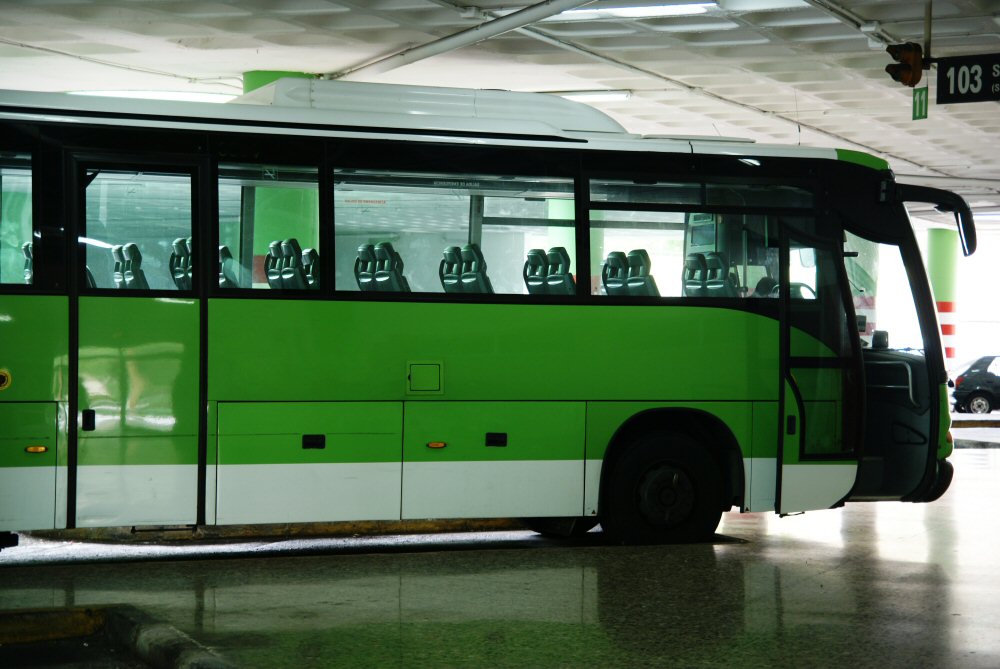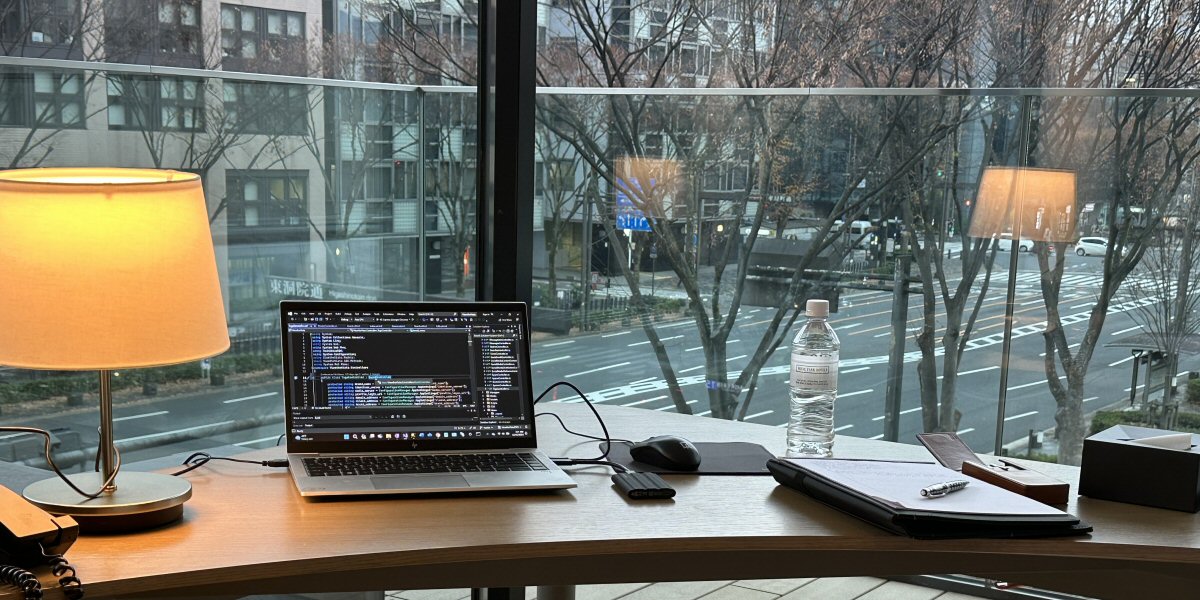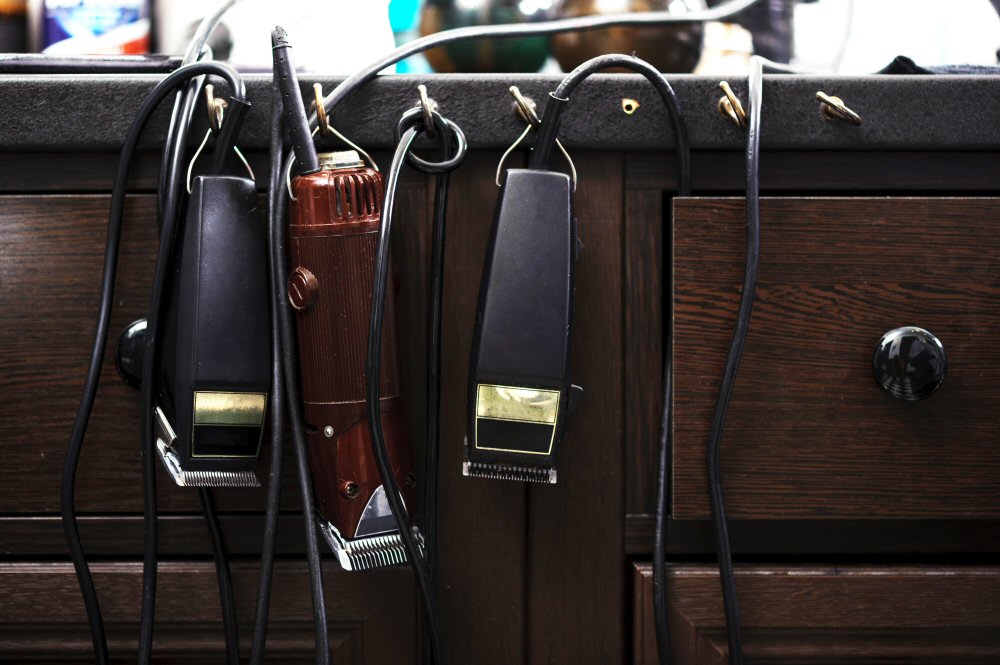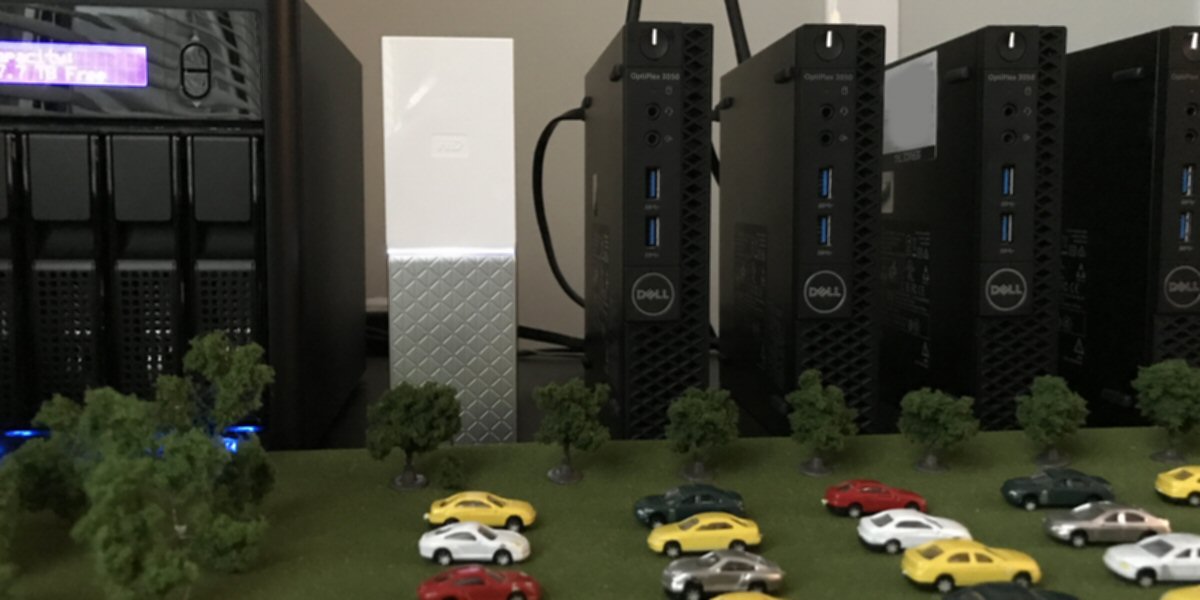Revisiting Balloons and Airships with New Paradigms

There was an incident where Chinese balloons entered the American airspace and the country was gripped in fear and paranoia. Joe Biden used expensive F-22 fighter jets and sidewinder missiles to shoot down the balloons and also shot down a couple of hobby weather balloons as well.
What was not covered was the technology of these balloons and their actual use case that China has pioneered that the USA did not. If you look at the photo above that has been taken by a high-altitude U-2 spy plane, it looks familiar, don't it? Yes, it looks like a space satellite with the same opportunities.
Smart Balloons
The of smart balloon technology has been identified as the following:
Solar Panels. Because of the high altitude above clouds, pure sun energy can power this ballon indefinitely.
Communication. Possibly communicating with a satellite to relay data back to a station.
Sensors. These can be considered IoT devices that collect data such as a camera, weather readings, radio waves encoding and decoding.
Balloons are much cheaper than satellite for almost the same functionality – it can cost from $25 million to over $1 billion dollars to launch a satellite while it cost less than $100,000 to put a balloon in service. So now you see why we can revisit balloons as an alternative to satellites.
Airships
Modern airships are called hybrids using a mixture of helium and aerodynamic design to fly with better stability and control. These ships can move people and products over long distance at a lower cost than airplanes. The airship is powered by two fans that can also be powered by solar and electric power.
What is interesting about these airships is they are a lot easier to control and have room for fine adjustment in landing. One of the best use cases is to traverse vast parts of the world that were left uncivilized and untouched by humans.
The Biggest Opportunity is MENA
The biggest opportunity for next-generation balloons will be the Middle East North Africa or MENA corridor. Vast open space of desert that can now be considered satellite-based cities and connected through airships. There is extreme 21st century possibilities and benefits.
First thing to understand before people don't realize about the Sahara Desert – China and the Middle East already learned how to build sustainable smart cities in the middle of the desert. They even learned how to create greenery and if you ever driven from Dubai to Abu Dhabi, you would have noticed they have lined the road with lush green shrubbery.
The Sahara Desert can take advantage of cloud seeding and sourcing water from both the ocean or their green neighbors create sustainable ecosystems. But the biggest part is unobstructed skies for airships and balloons to create transports that be quickly built and cheaper than trains and airplanes as transport structures.
The Future of Desert Cities
The opportunity of using airships and air balloons to power cities in areas considered unhabitable will be one of the biggest expansions this century. This is not science fiction; the pattern is emerging as we speak with the Neom city in Saudi Arabia and Qatar smart city projects in multiple cities as well. China is also engaged in projects in the vast Gobi desert as well. But the use of balloons and airships is the best use case over land-based transports for the desert conditions.
Here are the possibilities of these new futuristic cities.
Fourth Industrial Factories. These desert cities can now become mechanized factories similar to oil boom towns in the last century. This is where robots can build cutting edge components and ship them via air ships to ports.
Balloon Relay Networks. These balloons can be tethered to be fixed or maintain their position above clouds and sandstorms and can broadcast high-speed data for streaming data and media. These balloons can be messaging networks similar to SMS and provide emergency services.
Smart Agriculture. These lands can hold large indoor farms conditioned to grow livestock and food and be sustainable to create rich soil in the desert community. The farms can be managed by smart sensors that are relayed to the balloons to satellites where farmers in another country can assist in management. This remote farming technology is already in practice today.
There is another obvious opportunity and can you guess what it is? The Sahara Desert has huge deposits of oil that rivals the Middle East and have plenty of opportunity to turn this area into a new powerhouse region as well. Once these desert cities start maturing, those oil reserves will change the geopolitics of power and wealth in that region.
Balloons and airships have great 21st century capabilities with modernized technology. African nations have all the minerals and resources to drive this paradigm shift and take advantage of their empty uninhabitable spaces and transform them into smart sustainable communities.
Here in the US, it is possible to do in the desert area and even in central Mexico as well. One thing we recommend is modeling and researching the technology and documenting the how-to and become an advocate and seek government or private funding to create a proof of concept. Because this is the next big thing thanks to balloon technology that existed as the beginning of human flight.




















